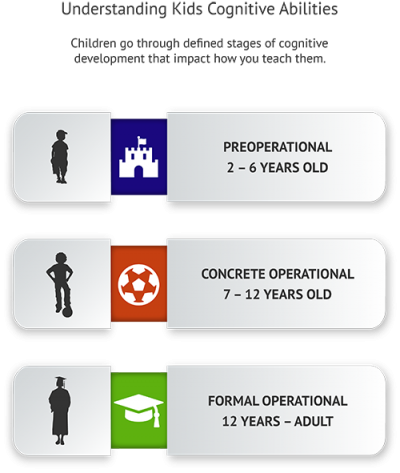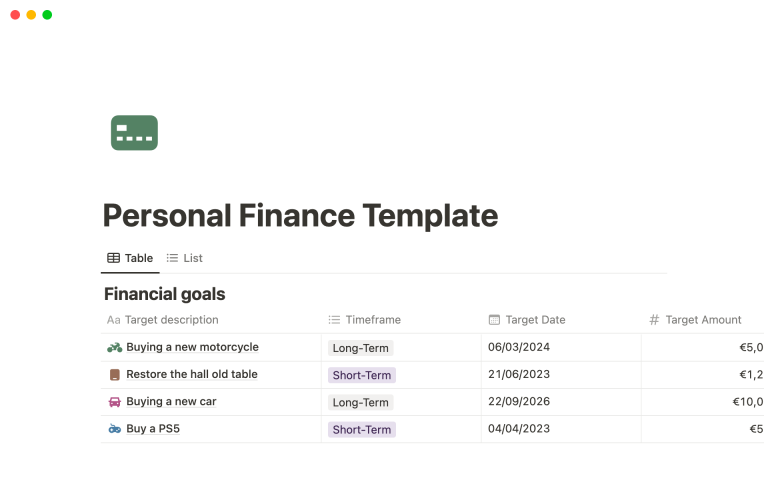In a world where financial literacy is more critical than ever, finding innovative ways to engage students in learning about money can make all the difference. Money management games for students can transform dull lessons into exciting activities that not only educate but also empower them to take control of their financial future. These games are designed to make learning about budgeting, saving, investing, and spending strategies enjoyable and relatable for everyone, regardless of age. So, let’s dive into some fantastic money management games that can be integrated into educational curriculums or played at home!
Discovering Money Management Games for Students
These games not only provide a fun interactive environment but also present real-world scenarios where students can understand the implications of financial decisions. Traditional methods often fail to capture the interest of young learners. However, by embracing money management games for students, we can significantly improve their engagement level and retention of information.
The Importance of Financial Literacy
Before we delve into specific games, let’s address why financial literacy matters. A solid understanding of money management is essential for personal success in life. Many students do not receive comprehensive financial education at school, which leaves them unprepared to navigate the complexities of adult financial responsibilities. Incorporating money management games for students into their education can fill this gap.
Engaging Money Management Games for Students
There are several fantastic options to consider when introducing students to the world of money management:
1. **The Game of Life** – This classic board game provides a fun way for players to experience adult financial situations, such as earning income, buying homes, and saving for retirement. By maneuvering through life’s ups and downs, students learn valuable lessons about budgeting and planning for the future.
2. **Monopoly** – Another beloved game, Monopoly teaches players about real estate investment and financial strategy. Students can use their critical thinking skills as they buy properties, manage rent and navigate the buying and selling market.
3. **Financial Football** – This online game combines soccer with financial quizzes. Players tackle financial questions and earn yardage with each correct answer, making it a dynamic way to learn about personal finance topics.
4. **Cashflow for Kids** – The counterpart to Robert Kiyosaki’s Cashflow game for adults, this game focuses on teaching children basic principles of money management. Students will experience concepts like passive income, assets vs. liabilities, and basic entrepreneurship.
5. **Budget Jeopardy** – Create a Jeopardy-style game where students answer questions on budgeting, saving, investing, and credit. This format promotes teamwork, stimulates competition, and enhances learning through fun.
Integrating Money Management Games into Education
To maximize the impact of money management games for students, educators can incorporate these activities into their lesson plans in several ways:
– **Game-Based Learning Days**: Designate a day where students can play different financial literacy games. This could be a fun end-of-term activity where they apply what they’ve learned throughout the year.
– **Collaborative Group Work**: Create teams where students can collaborate while playing games. Teamwork fosters problem-solving skills and allows students to learn from each other.
– **Post-Game Discussions**: After playing, host a discussion session to highlight the lessons learned through the games. Encourage students to share insights on money management and how they can apply them in real life.
Benefits of Money Management Games for Students
The advantages of integrating money management games for students are immense:
– **Practical Learning**: Students can visualize and experience financial concepts in a simulated environment that reflects real-life situations.
– **Increased Retention**: Engaging activities promote better memory retention as students enjoy the learning process, making them more likely to use the information later.
– **Building Confidence**: By mastering financial concepts through games, students can gain confidence in their ability to manage money, which is instrumental as they transition into adulthood.
– **Critical Thinking and Problem Solving**: Many of these games require strategic thinking and quick decision-making, essential skills in both finance and life.
Challenges and Considerations
While money management games for students offer many benefits, educators should also be aware of potential challenges:
– **Varied Learning Styles**: Not all students will resonate with game-based learning. Some may need additional support through traditional teaching methods to understand key financial concepts.
– **Cost of Games**: Some games can be expensive. However, many free online resources and DIY variants are available to make learning accessible to all students.
– **Time Constraints**: Incorporating games into the curriculum may require modifications to lesson plans, prioritization of time, and a redo of standard teaching methods.
Conclusion: Embrace Financial Education through Fun!
Money management games for students provide a unique and engaging approach to financial literacy that can significantly benefit young learners. By facilitating better understanding and promoting practical application through play, we can better prepare our students for a financially responsible future. As we implement these games into educational settings, we encourage a culture where financial literacy is not just a subject but a vital life skill.
Introducing fun, interactive money management games in the classroom or at home is a sure way to spark an interest in personal finance among students. Let’s equip the next generation with the tools they need to navigate their financial paths confidently!



